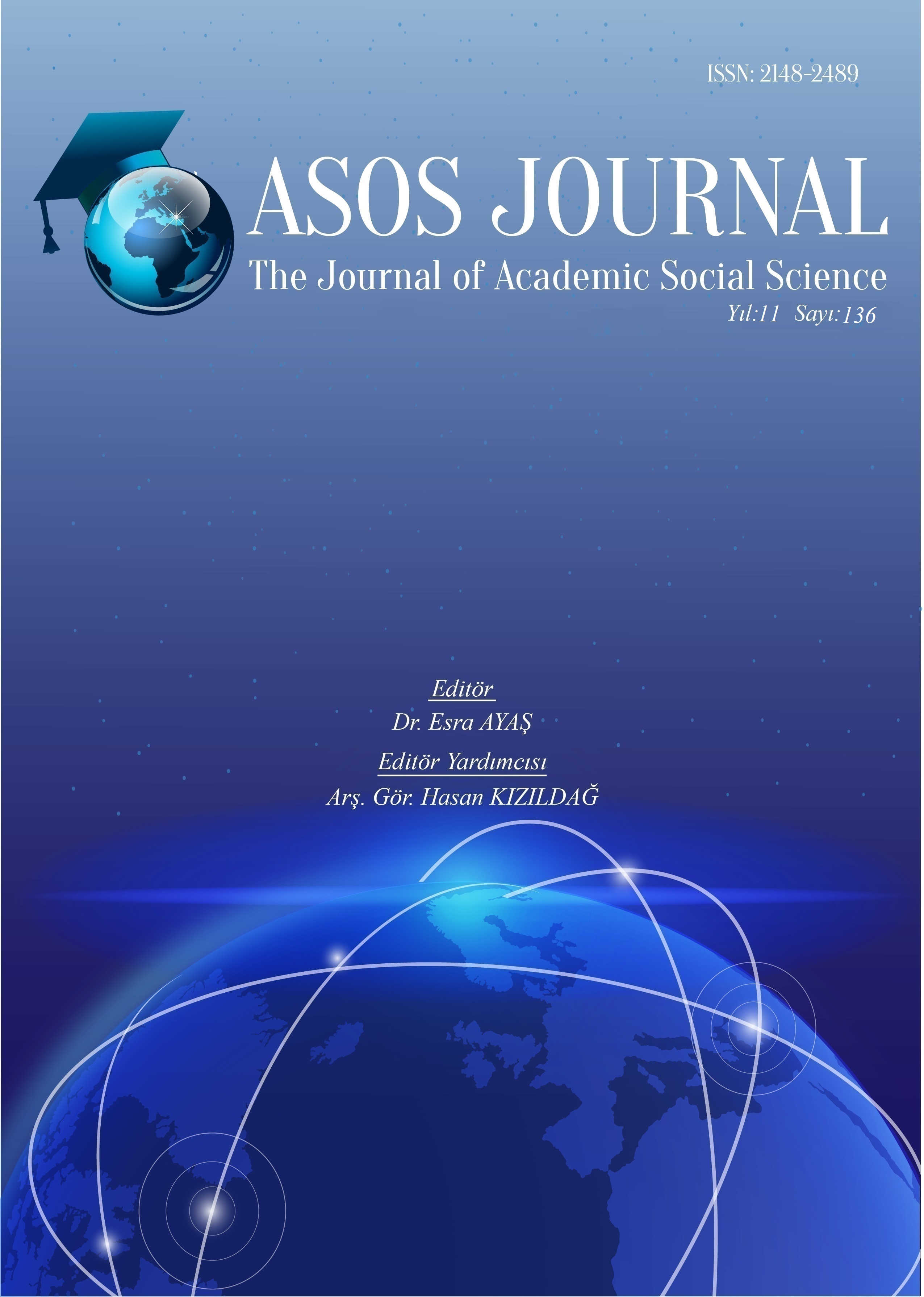Author :
Abstract
Siyah Kalem’e atfedilen resimler, henüz açıklığa kavuşamamış bilinmezlikler taşıması ve farklı yönlerden araştırılmaya açık olmaları nedeniyle Orta Asya sanatından günümüze kalan en dikkat çekici örnekleri teşkil etmektedirler. Bugünkü bulgular ışığında 14. yüzyılın son çeyreği ile 15. Yüzyıl başlarına tarihlenen bu resimlerin İpek Yolu’nun önemli kavşağı olan Türkistan bölgesinde yapıldıkları düşünülmektedir. İpek Yolu, yüzyıllar boyunca sadece bir ticaret yolu olmaktan öte kültürün ve sanatın taşındığı, sanatsal fikirlerin karşılıklı incelenip geliştiği verimli bir coğrafyadır. Siyah Kalem’in resimlerinin ortaya çıkış tarihi olarak kabul edilen dönem, hem Batı, hem Çin uygarlığının temsil ettiği Doğu tasvir sanatında katı geleneklerin tükenip yeni bir dil arayışına girildiği Geç Ortaçağ/Erken Yeniçağ’ın sınırları içinde yer almaktadır. Araştırmada görsel örnekler ışığında Siyah Kalem’e atfedilen resimlerin, çağdaşı Batı ve Çin sanatı ile olan yakınlığının ve etkileşiminin çerçevesi belirlenmeye çalışılmış, Siyah Kalem’den seçilmiş günlük yaşamı betimleyen insan ve hayvan tasviri örnekleri, paralel bir şekilde aynı zaman dilimi içerisinde yapılmış ve konu açısından yakın Çin ve Batı sanatından seçilmiş örnekler ile anatomik oranlar, renk anlayışı, çizgi değerleri, boyut (ışık/gölge) ve stilizasyon yönlerinden taranıp incelenmiştir. Örneklerin incelenmesi ve bulguların değerlendirilmesi sonucunda Siyah Kalem’e atfedilen resimlerde yer yer bu etkileşimlerin izleri görülmekle birlikte kendine özgü bir bakış açısı ve konuları yorumlayış biçiminin gözlemlendiği sonucuna varılmıştır.
Keywords
Abstract
The paintings attributed to Siyah Qalam are the most remarkable examples of Central Asian art, as they carry mysteries that have not yet been clarified and are open to research from different aspects. In the light of today's findings, it is thought that these paintings, which are dated to the last quarter of the 14th century and the beginning of the 15th century, were made in the Turkestan region, which is an important crossroad of the Silk Road. The Silk Road, beyond being just a trade route for centuries, is a fertile geography where culture and art were transported, and artistic ideas were mutually examined and developed. The period which is accepted as the date of the emergence of the Siyah Qalam paintings, is located within the borders of the Late Middle Ages/Early Modern Period, when the strict traditions in the Eastern depiction art, represented by both Western and Chinese civilization, were exhausted and a new language was sought. In the research, in the light of visual examples, the frame of the closeness and interaction of the paintings attributed to Siyah Qalam with contemporary Western and Chinese art has been tried to be determined, and examples of human and animal depictions depicting daily life selected from Siyah Qalam were made in the same time period in parallel and in terms of subject matter. Samples selected from recent Chinese and Western art were scanned and examined in terms of anatomical proportions, understanding of color, line values, size (light/shadow) and stylization. After the examination of the samples and the evaluation of the findings, although traces of these interactions can be seen in the paintings attributed to Siyah Qalam, it was concluded that a unique perspective and way of interpreting the subjects were observed.
